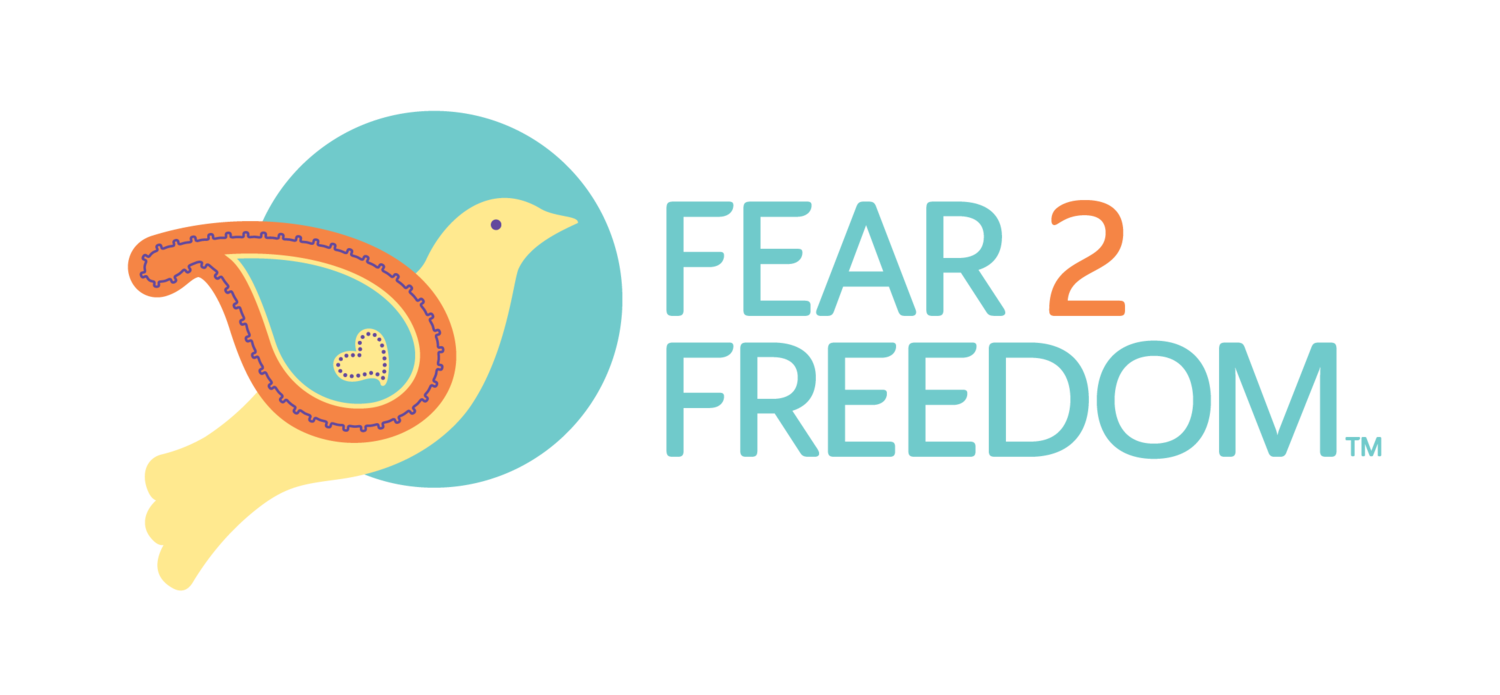written by: Linda Li, F2F intern, spring 2024
Black History Month is indeed a time of celebration and joy, but it is also an opportunity to spotlight the work we need to do to support Black survivors of sexual violence. One in five Black women have experienced rape at some point in their lives, and Black women are at highest risk of any racial group for experiencing sexual violence perpetrated by police officers. Since the 1970s, women of color have criticized feminist theory and political practices for overlooking the nuanced intersections of race, class, able-bodiedness, and other forms of inequality. To counter this single-axis framing of thinking, in 1989, Black feminist scholar Kimberle Crenshaw coined the term “intersectionality” to better articulate the structural conditions of power and control. Intersectionality is a metaphor for the interlocking ways that multiple inequalities can marginalize individuals in distinct and, often, compounded ways. Combining intersectional analysis with practical policies and community advocacy will build meaningful coalitions and empower survivors to get the justice they deserve.
Understanding the Context
It is important to contextualize these harrowing statistics instead of merely attributing the epidemic of violence to biased assumptions. Restrictions on women of color’s—specifically Black women’s—autonomy and reproductive freedom are essential to understanding the challenges they face. Guided by the principles of Social Darwinism, scientists and academics in the 19th and 20th centuries packaged racial discrimination into “scientific” discourses that warned that the white race was combatting reproductive threats from “inferior” races. Thereafter, race science was integrated into the law and gave way to decades of eugenics experiments, anti-sodomy laws, and forced sterilizations. Additionally, laws and policies were motivated by the belief that Black reproduction was inherently deviant and spread degeneracy to future generations.
source: Western University Learning Network
These racist laws are no longer on the books, but the cultural stigma and stereotypes persist, posing a substantial obstacle to survivors of color. The barriers to accessing support services begin with the individual—implicit biases about who looks like a potential victim of violence could delay life-saving intervention. A study published in 2017 found that white female college students were less likely to help a potential victim if their name sounded Black, compared to a white sounding name. The barriers also implicate law enforcement, the very people tasked with protecting our communities. As the George Floyd protests in 2020 aptly demonstrated, police abuse against Black communities runs rampant and, thus, prevents people from reporting abuse out of fear for their personal safety. Studies have shown that Black women who defend themselves against their abusers are disproportionately criminalized or penalized. Black people are also over-represented in the carceral system, leading to family breakdowns, communities marked by grief, and precarious environments for children.
What can we do?
Intersectional feminism serves as a versatile tool for advocates to build alliances across various movements, aiming to combat all forms of injustice. For instance, effective advocates must recognize the interconnectedness between the fight for reproductive justice and the struggle against systemic racism. The reproductive justice movement's goals lose their significance in the face of racially biased systems of violence and control. Integrating an intersectional approach into sexual violence awareness and prevention begins by centering the lived experiences of marginalized populations. Feminist scholar Patricia Hill Collins termed the media stereotypes of Black women as controlling images because they normalize the misrepresentations and justify oppressive policies. Conversations about gender dynamics must also include men of color, who are especially vulnerable to police brutality yet are less likely to be believed when they report assaults. When developing trauma-informed curricula for helping survivors, practitioners should address how an individual’s social circle and community characteristics influence their beliefs and behavior. Through an intersectional lens, we’re not only recognizing the autonomy and lived experiences of all women but also inspiring others to take action. Together, we can continue to amplify voices, advocate for change, and continue supporting survivors in their journey to healing and recovery.
Here are a few more resources:

